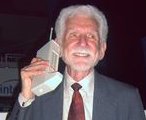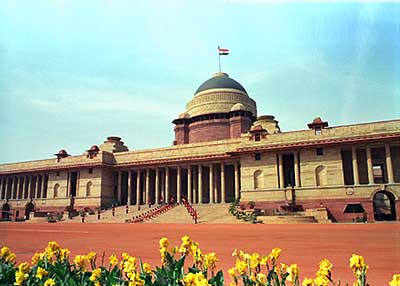Charles Stross is a well known writer. He writes from science fiction to fantasy. Now he has written an excellent blog post human colonization on other star systems is impossible:
Historically, crossing oceans and setting up farmsteads on new lands conveniently stripped of indigenous inhabitants by disease has been a cost-effective proposition. But the scale factor involved in space travel is strongly counter-intuitive.
Here’s a handy metaphor: let’s approximate one astronomical unit — the distance between the Earth and the sun, roughly 150 million kilometres, or 600 times the distance from the Earth to the Moon — to one centimetre. Got that? 1AU = 1cm. (You may want to get hold of a ruler to follow through with this one.)
The solar system is conveniently small. Neptune, the outermost planet in our solar system, orbits the sun at a distance of almost exactly 30AU, or 30 centimetres — one foot (in imperial units). Giant Jupiter is 5.46 AU out from the sun, almost exactly two inches (in old money).
We’ve sent space probes to Jupiter; they take two and a half years to get there if we send them on a straight Hohmann transfer orbit, but we can get there a bit faster using some fancy orbital mechanics. Neptune is still a stretch — only one spacecraft, Voyager 2, has made it out there so far. Its journey time was 12 years, and it wasn’t stopping. (It’s now on its way out into interstellar space, having passed the heliopause some years ago.)


